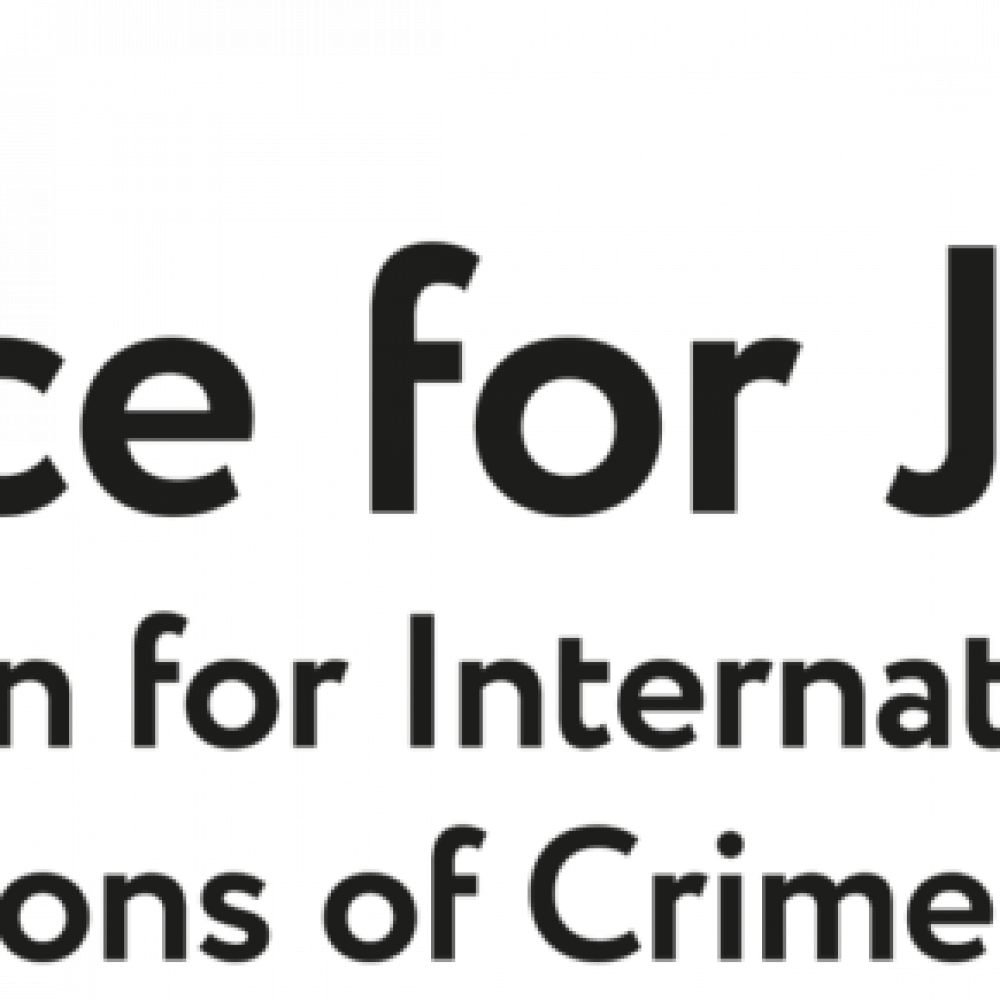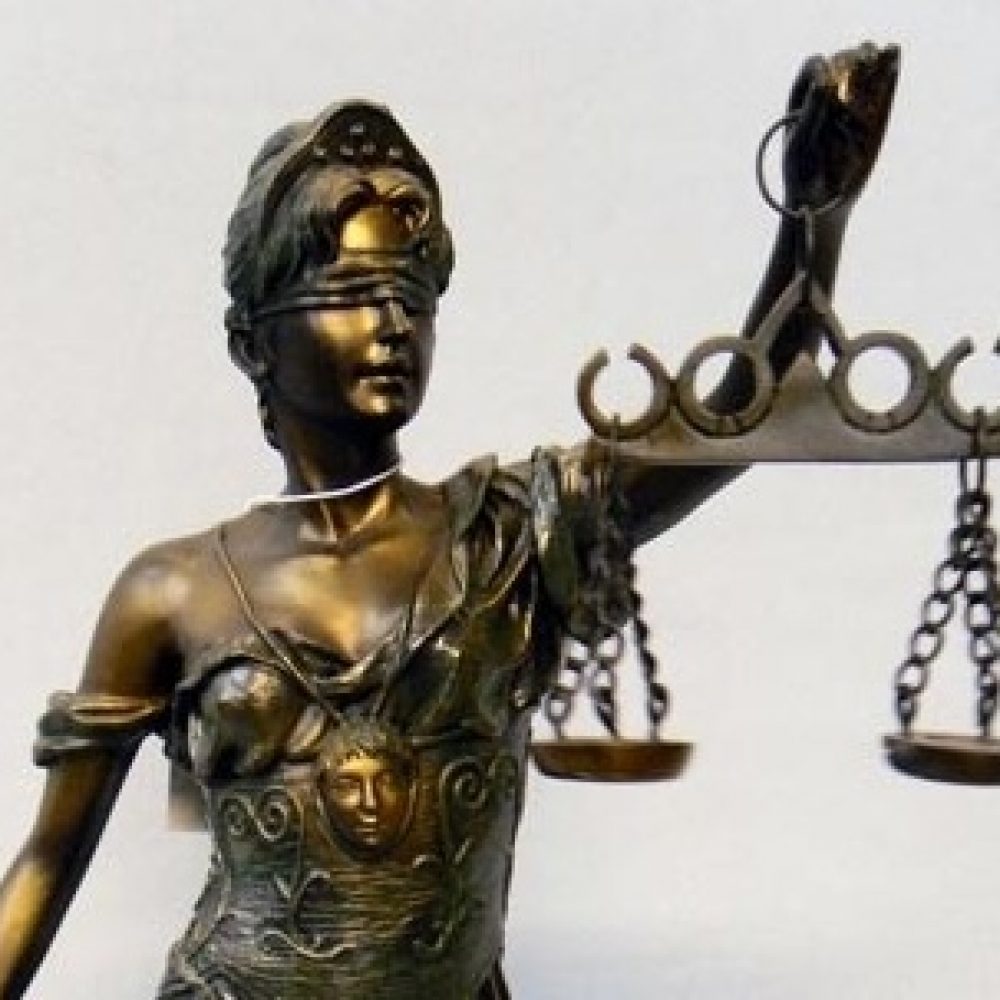The original report was published on the Committee to Protect Freedom of Expression website.
In July-December 2020, the Committee to Protect Freedom of Expression (CPFE) NGO, with the support of Justice for Journalists Foundation, monitored court cases involving media outlets and journalists. The course of the examination of those cases, the arguments and the legal reasoning presented by the parties, the content of the judicial acts, as well as some statistical data were studied and analyzed. The CPFE conducted similar research in the past, namely in 2013-2014, reviewing all court cases since 2010 when insult and defamation were decriminalized. The need for this monitoring was conditioned by the fact that 2019 was unprecedented in terms of the number of lawsuits against journalists and media outlets, and this trend continued in 2020, which caused serious concerns in the media. Besides, in the conditions of deep judicial crisis in the post-revolutionary period, such a study acquires a higher degree of topicality.
This study was conducted to find out to what extent courts comply with the Armenian legislation, international legal acts, the rulings of the RA Constitutional Court, the Court of Cassation and the European Court of Human Rights, whether the courts apply the same approaches in their practice and whether judicial acts take into account the role of the media and journalists in a democratic society.
In the reporting period, a total of 176 lawsuits related to the media and journalists were filed with the courts, of which 94 were submitted in 2019 and 82 in 2020. Out of those 176 lawsuits, 127 were accepted for proceedings (68 in 2019, 59 in 2020), the remaining 49 were not accepted for proceedings (26 in 2019, 23 in 2020).
During the monitoring exercise, the cases on which at least one or more judicial acts were adopted were subjected to expert analysis. Hence, the total number of such case amounted to 21. It should be noted that the judgments on 12 cases entered into force, that is, the disputes were resolved, and in 9 cases more than one act was passed, but the court proceedings are still in progress. Out of the remaining 106 cases, 5 (3 cases in 2019, 2 cases in 2020) were dismissed because the plaintiff withdrew the claims, in 2 cases a conciliation agreement was signed between the parties (both in 2019), and in 5 cases, the lawsuit was left without examination, on the grounds that one of the parties did not appear in two consecutive sessions (4 in 2019, 1 in 2020). As for the remaining 94 cases no judicial act was adopted as of December 31, 2020.
As the vast majority of court cases (114 out of 127) were on the grounds of insult or slander in the media, it was important to find out to what extent the legal provisions on this issue (first of all, Article 1087․1 of the RA Civil Code) and the interpretations thereof as based on judicial practice, served their purpose. Do courts manage to maintain a fair balance between the protection of freedom of expression as defined in Article 10 of the Convention for the Protection of Human Rights and Fundamental Freedoms (European Convention), on the one hand, and the right to protection from expressions, targeting persons’ reputation and dignity, as guaranteed by Article 8 of the same Convention?
Besides such cases, 10 labor disputes involving the media as well as court cases involving economic, personal data protection and criminal law matters were analyzed, with one case on each. These are also interesting from the point of view of establishing relevant precedents in the judicial practice. It is no secret that, for example, there are many violations of journalists’ labor rights, but they rarely go to court to resolve such disputes.
In 116 of the above-mentioned 127 cases, the founders of the mass media outlet acted as defendants, and in 11 cases they were involved as third parties. As for the 21 completed cases in which one or more judicial acts were passed, in 6 cases the claim was settled (in whole or in part), 6 were rejected, and, as we have mentioned, the investigation of 9 cases is still underway.
The comparison with similar studies conducted in 2013 and 2014 shows that the number of cases on the grounds of defamation and insult has almost tripled. This is due to the rapid development of the Internet and social media, which fundamentally changed and expanded the ways and possibilities of disseminating information. These technological developments coincided with the turbulent socio-political events in Armenia, which were accompanied by hate speech, manipulations, insults and slander, widely used by the forces involved in the struggle and their supporters. All this flowed into the traditional media, which led to an unprecedented increase in the flow of court cases.
The comparative analysis of the acts adopted in the court cases in 2013-2014 and 2019-2020 shows that their quality has significantly increased both in terms of the reasoning presented by the courts and the arguments used by the parties. This development may be accounted for by the more consistent application of Ruling SDO-997 of the RA Constitutional Court of November 15, 2011, the case decisions of the Court of Cassation and the ECHR, the formulation of joint interpretations for legal regulations, as well as the increased activity of the media and journalists for the protection of their own rights, also through the involvement of professional attorneys.

